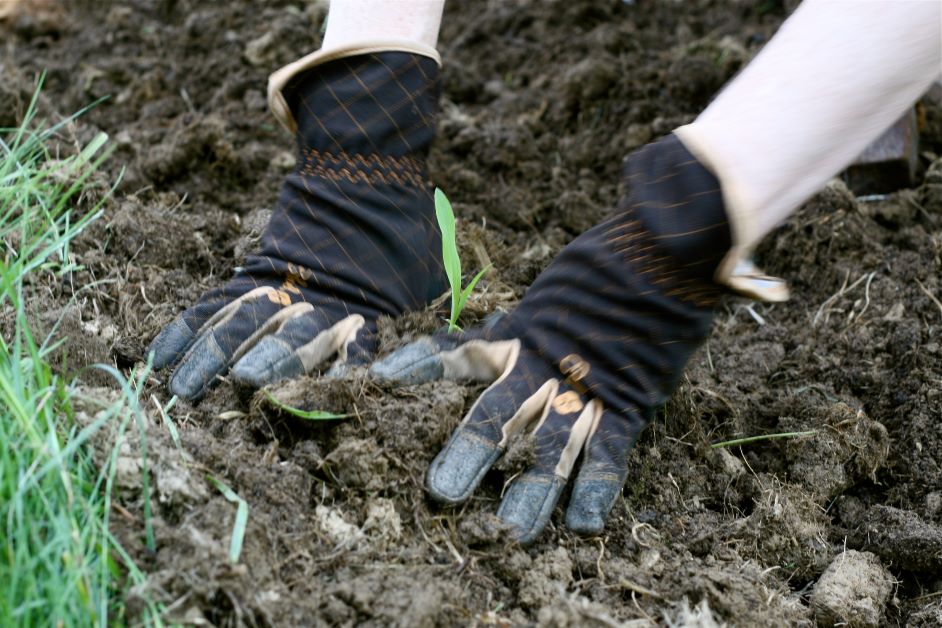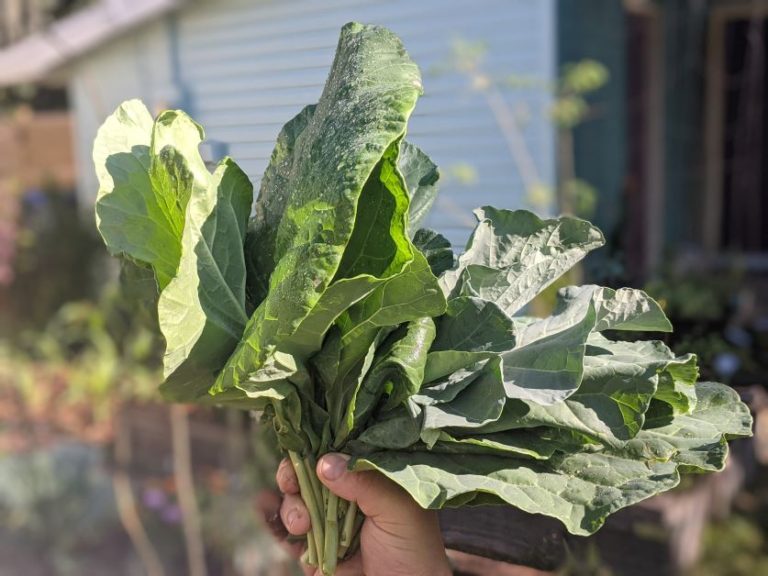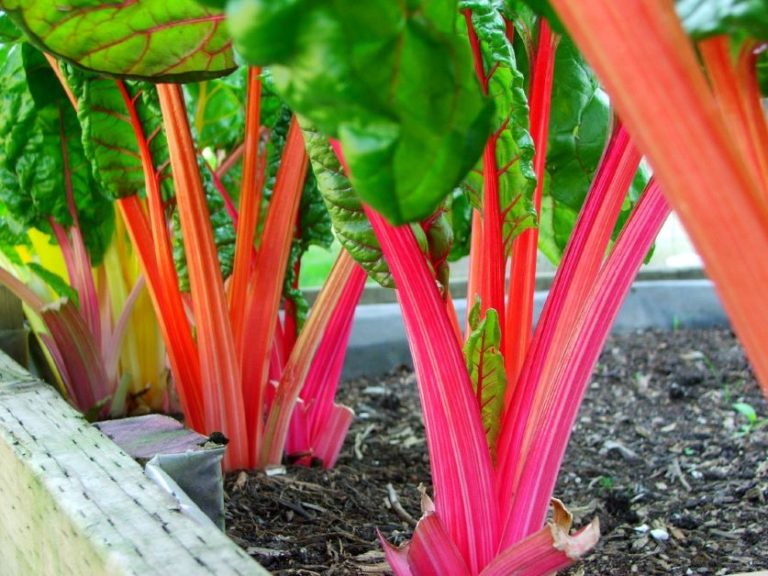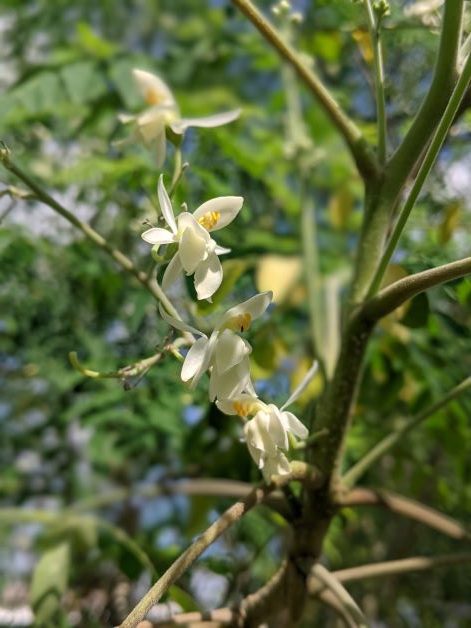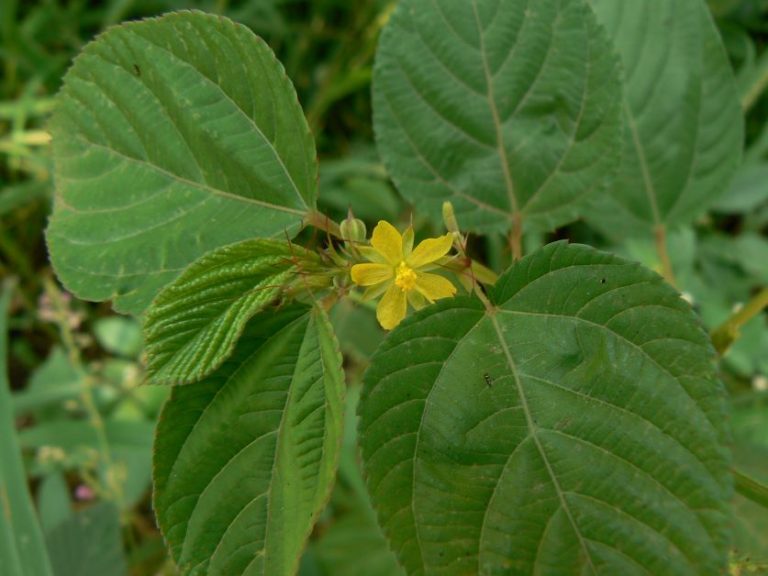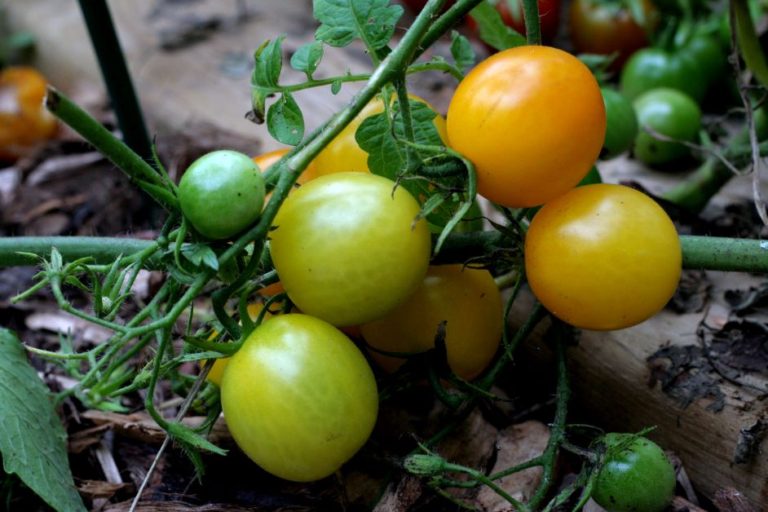How to Grow Baby Corn
Did you know that Florida is the #1 state in the country in sweet corn production? That really surprised me. Not only do I associate corn with the Midwest, but sweet corn is one of the hardest vegetables for me to grow in my Central Florida garden.
Getting corn started is easy, but keeping them healthy is where I struggle. When my cobs start forming I run into 1 major issue: PESTS. Pests love to target corn, and there’s no shortage of pests in Florida. The few times I’ve grown sweet corn, I found myself in a constant battle with corn earworms.
Pests aside, but you can usually find corn for .25 or .50 an ear when it’s in season. For me, growing corn in Florida isn’t worth the hassle.
If you do want to try growing corn in your home garden, learn how to grow baby corn instead. Most pests do their damage when the corn is maturing on the plant. Because you harvest baby corn so early in the growing process, you’re more likely to get to it before the corn earworms do.
Learn how to grow baby corn in this comprehensive growing guide. Since this is a Florida-based site, this article focuses on growing baby corn in Florida. If you’re in another region, no worries – you can also use this info to grow baby corn in your garden, too. Just tailor the information by checking the corn planting schedule in your USDA hardiness zone.
How Does Baby Corn Grow?
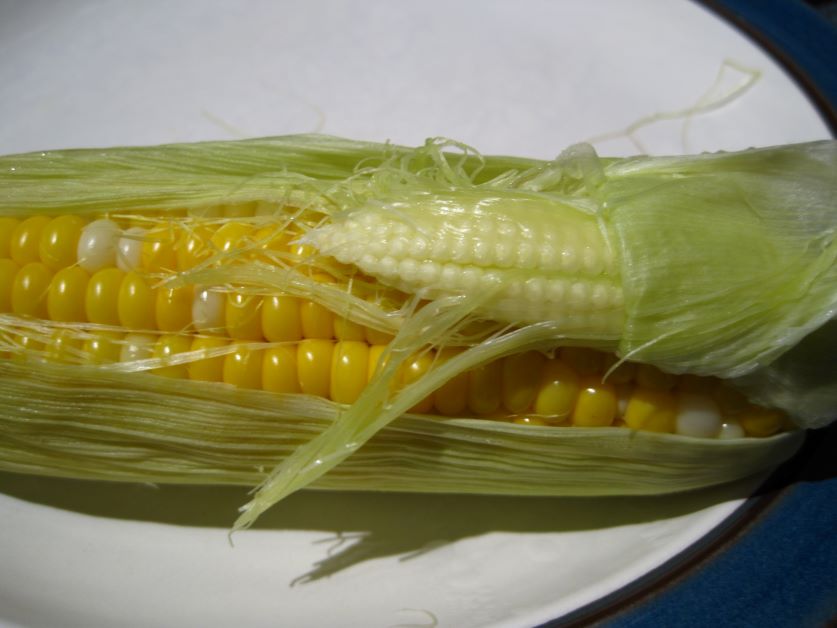
Baby corn isn’t special. Baby corn is just regular corn harvested before it’s pollinated (before the kernels form). Any variety of edible corn can be grown as baby corn. You can buy dwarf corn plants, but these aren’t the same as baby corn. Dwarf corn plants are just a species of corn that grows shorter than normal, but you still harvest your cobs after it has kernels.
When to Plant Baby Corn in Florida
[table id=26 /]
Best Varieties for Baby Corn
Since baby corn is just regular corn harvested early, you might be wondering which corn varieties are best for baby corn. You can grow any variety of corn as baby corn. Because you pick baby corn before its natural sugars develop, it doesn’t really matter if you choose a super sweet hybrid. No matter what, baby corn isn’t very sweet.
It makes sense, though, that the best varieties for baby corn are ones that produce the most cobs per plant. It’s also a good idea to choose a heat-tolerant, pest and disease-resistant variety when you can. Other than that, it’s what type of corn you grow is personal preference. You can even grow colorful heirloom varieties as baby corn.
Some of my favorite varieties for baby corn are:
- Bantam Sweet – produces 2+ ears of corn per stalk
- Silver Queen – needs less fertilizer than other varieties
- Dakota Black – produces black corn cobs
- Peaches and Cream – fast-growing
How to Plant Baby Corn
You can plant baby corn by direct sowing or as transplants. I prefer direct sowing but transplanting corn is good if you have issues with birds and squirrels digging up your corn seeds and eating them. Whether you’re directing sowing or transplanting, the first steps you take are the same.
- Completely weed your corn-growing area. Corn is in the Poaceae family, making it a species of grass. This means that it’s easily choked out by weeds. Really spend some time pulling all the weeds where you’ll be growing your corn, or you’ll be sorry later.
- Corn is a heavy feeder and needs fertile soil to thrive. Amend your soil with oak leaf compost or aged manure 2 weeks before planting.
Baby Corn Spacing
Normally, you’d plant corn at least 1 foot apart and in rows 2 ½ to 3 feet apart. Planting corn too close together results in cobs that have sporadic kernels. Because you’re picking baby corn before the kernels form, you can plant them closer together. If you need to save on space, you can plant baby corn ½ to 1 foot apart and in rows 2 feet apart.
Another spacing difference when growing baby corn vs. normal corn is the shape of your plot. Corn is pollinated by the wind, so you’d usually plant your corn in a square rather than in long rows. Planting corn in long rows means causes poor pollination, but that doesn’t matter with baby corn. Plant your baby corn in any shape you’d like, in any length of row you’d like.
How to Grow Baby Corn as Transplants:
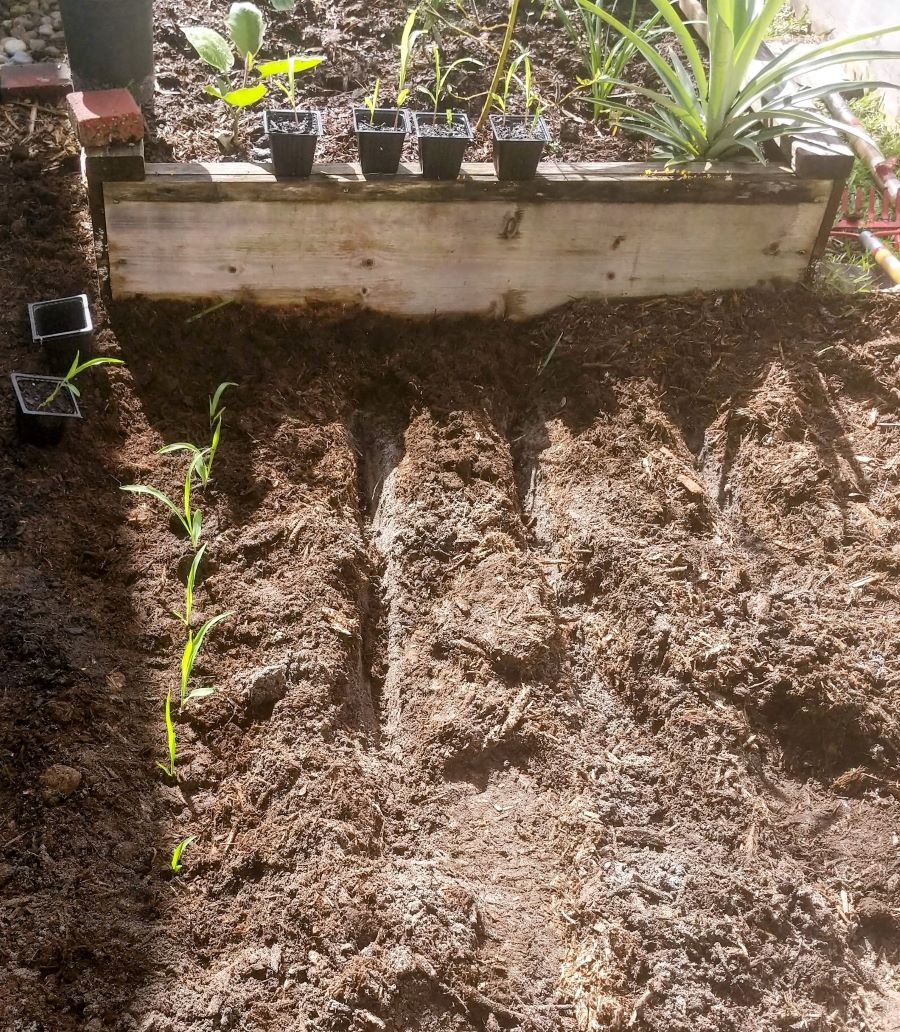
Fill seed starter trays with high-quality potting mix.
Plant one corn seed per cell at about ½ inch deep. Corn is usually easy to sprout, but plant more seeds than you think you need just in case your batch has a low germination rate.
Water your seeds and keep the soil moist but not soggy. Keeping your tray at 60-75F will ensure that your seedlings will sprout after about 10 days. Make sure your seedlings get plenty of sun, too.
Once your seedlings are 2 to 3 inches tall, it’s time to transplant. You can plant your corn creating long furrows in your planting soil (see below), or you can plant them by digging individual holes. Unless you’re planting a ton of corn, I think individual holes are the better choice.
Plant your corn seedlings 1 to 1 ½ inch deep, following the spacing guide above.
Water your seedlings and keep the soil moist but not soggy.
How to Grow Baby Corn by Direct Sowing:
Plant your corn seeds 1 to ½ inches deep, following the spacing guide above. Plant more seeds than you think you need in case birds or squirrels get to your corn seeds before they germinate.
Water your seeds and keep the soil moist but not soggy.
How Many Baby Corn Plants Do I Need to Grow?
When growing corn, the general rule is to grow 10 to 15 plants for every member of your household so you have enough corn to go around. Needless to say, you need a lot of space to grow corn to make your efforts worthwhile. One good thing about baby corn, though, is that you can plant them closer together than you would if you were growing full-size corn.
Baby Corn Growing Conditions
Baby corn growing conditions are the same for regular corn, with the exception of spacing.
Light
When growing baby corn the more sun, the better. Make sure your baby corn gets at least 8-10 hours of sun a day.
Temperature
Baby corn loves heat but hates frost. The ideal temperature for growing baby corn is 75°F to 86°F, and the soil needs to be at least 60°F for corn seeds to germinate.
Water
Corn isn’t drought-tolerant and needs a moderate amount of water. When your corn plants are small, keep the soil moist but not soggy. Once established, your corn will need about 1 inch of water per week. Always water your corn at the base of the plants rather than from above. Using a water wand can help with this.
Soil
Corn doesn’t tolerate wet feet, so it needs soil that’s well-draining, fertile, and full of organic matter. 2 weeks before planting, amend your soil with oak leaf compost or aged manure. Corn prefers a soil pH of 5.8 to 6.2.
Mulching
After you plant your corn, lay down mulch to stop weeds from popping up. Because corn has a shallow root system, it can be hard to pull weeds that grow around them without also pulling up your corn plant.
Fertilizer
Corn is a heavy feeder, so give it organic vegetable fertilizer once every 3 weeks as it grows. Organic fish fertilizer is also a good choice. Wait until your corn is 12 inches tall before you start fertilizing it.
How to Harvest Baby Corn
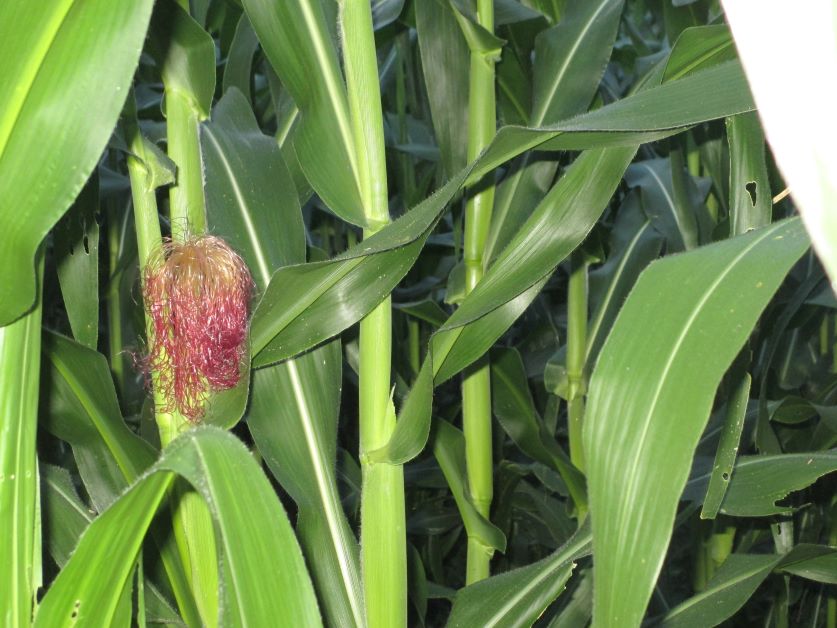
It can take 75 to 100 days for your baby corn to be ready for harvest. When the silk on your corn cob starts to turn brown, that’s when you know your baby corn is ready to pick. This happens about a week after the silk appears. You can gently squeeze your corn cob from the outside to get an idea of its size.
It can be hard to get the hand of picking your baby corn at the right time, so be sure to pay attention to your garden. If you pick your baby corn when it’s more like “medium” corn, it will be too tough to use as baby corn but too small to use as regular corn.
When you pull off your baby corn cob, take care to not rip or damage the corn stem. Depending on the variety, one corn plant will produce 2 to 4 ears of corn. Also, be careful when you’re removing the silk and husk from your baby corn – it’s much more delicate than a full-grown ear of corn.
How to Store Fresh Baby Corn
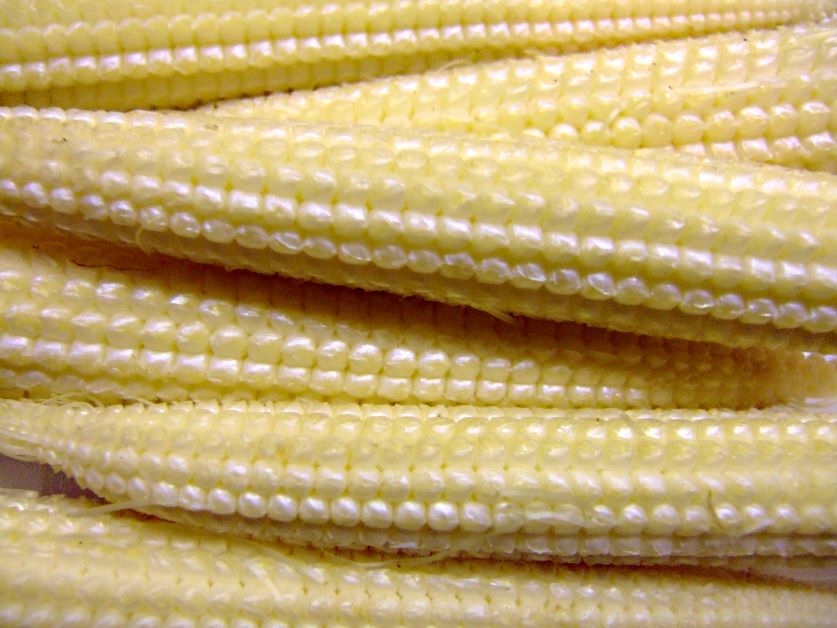
Baby corn kept in its husk will last in the fridge for about 3 days.
Featured image photo credit: Chiot’s Run

